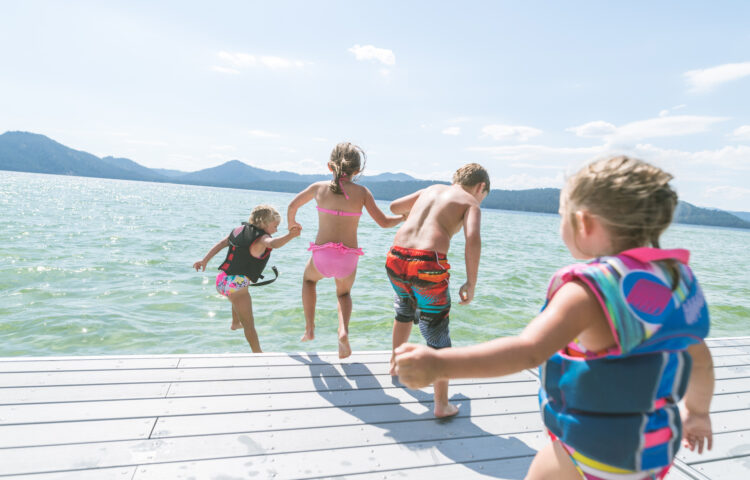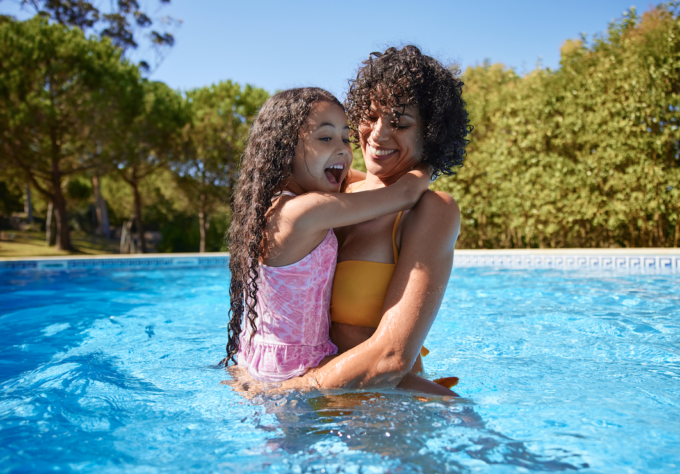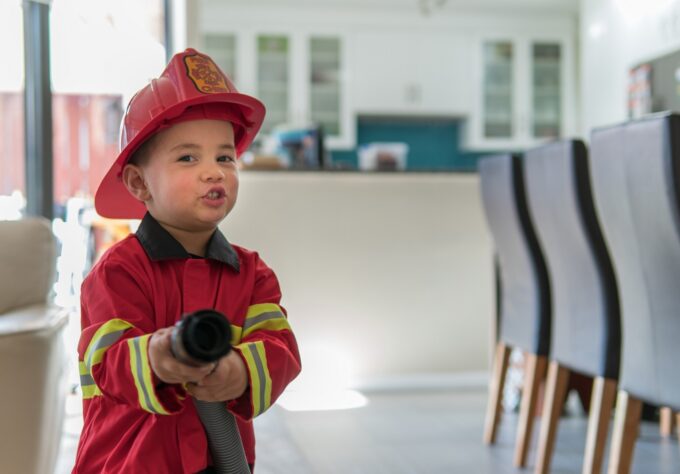As summer heats up, many of us flock to pools, lakes, and beaches to cool off. But beneath the fun and relaxation lies a serious risk: accidental drowning is a leading cause of injury-related death in children, especially among toddlers and adolescents. Drowning is the number one cause of death for children ages 1 to 4 years and for children and adults with autism, according to the American Red Cross. Learn how to prevent drowning and stay safe in the water with your family this summer.
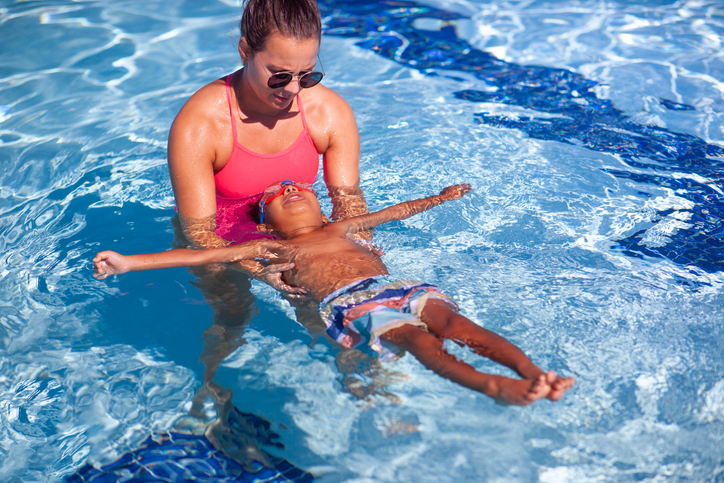
Preparation is Key
Before you get to the pool, lake, pond, or ocean:
- Consider swim lessons. These lessons teach water safety, swim skills, and recognition of danger. Evidence suggests there are benefits to swim lessons for children over 1 year.
- Install barriers around a residential pool including a four-foot, four-sided fence with locking gates. Barriers are the most effective strategy to prevent accidental drowning as they prevent unanticipated and unsupervised use of pools. You should also consider installing barriers around any standing water such as hot tubs, bathtubs, buckets, or toilets.
- Talk with teenagers about the dangers of natural water. Factors associated with accidental drowning include overestimating swimming skills, underestimating the risks of natural water, and using substances such as alcohol.
- Learn CPR. You can research local classes close to your home. You should also learn how to recognize distress in a swimmer.

Safety in the Water
While you’re in the water:
- Provide constant supervision. For young or inexperienced swimmers, the American Academy of Pediatrics (AAP) recommends “touch supervision” which means the child is within an arm’s reach. There should be a handoff process between any supervising adults.
- Swim where lifeguards are present, if possible. When at a public pool, lake, or beach, find the lifeguard stand before setting up your beach gear. Remain within the designated area for swimming.
- Wear a life jacket. The life jacket needs to be the appropriate size for the child. Visit the U.S. Coast Guard website for more information on fitting. Parents should wear life jackets when boating to model behavior for their children. Air-filled swimming aids should not be used in place of life jackets.
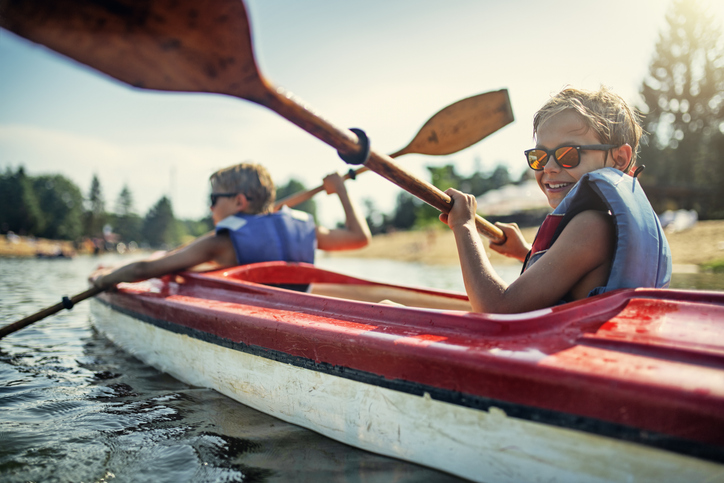
From Avoiding Risks to Understanding “Dry Drowning”
Water safety matters everywhere and keeping it top of mind helps you manage the risks.
Drowning Statistics and Why They Matter
Drowning deaths are on the rise in the United States, following decades of decline, according to a 2024 Centers for Disease Control and Prevention Vital Signs study. Over 4,500 people died due to drowning each year from 2020–2022 (500 more per year compared to 2019).
The CDC report shows that despite our vast knowledge of water safety, staying safe requires mindfulness and specific actions. For example, an easy pitfall to avoid is, “If everyone is watching the kids, no one is watching the kids.” Use recommended techniques like touch supervision instead.
Why Kids Are Most at Risk Around Water
Children are especially vulnerable to accidental drowning at home, where even small amounts of water, such as 1-2 inches in bathtubs or wading pools, can be life-threatening. Constant supervision is essential to prevent such tragedies.

Understanding and Preventing “Dry Drowning”
The media has reported on “dry drowning” and “secondary drowning,” but these terms aren’t medically accurate. They refer to a rare condition where water enters the lungs, potentially causing serious, even life-threatening, problems that develop after an incident. The symptoms and conditions are actually usually laryngospasm (a sudden vocal cord spasm that blocks airflow) or pulmonary edema (fluid buildup in the lungs).
Although not technically “dry drowning,” parents should watch for signs like coughing, fast breathing, or changes in behavior, as these symptoms can appear right away or hours later. Keep a close eye on children, as they may not be able to communicate their distress. If these symptoms do occur, seek medical attention to prevent complications from progressing, including swelling in the lungs, even though such cases are rare.
For more tips on outdoor water safety, please visit Nemours® KidsHealth.org.
Written by: Kimberly Hoover, MD, a third-year pediatrics resident at Nemours Children’s Hospital, Delaware.

